Seungjoon Yang
Neural Networks with Activation Networks
Nov 21, 2018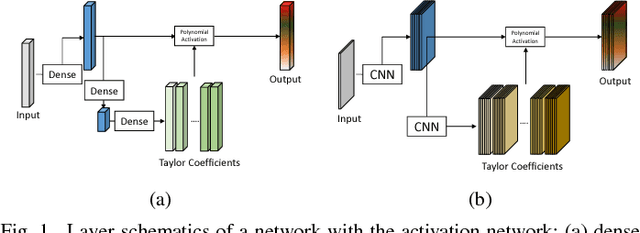
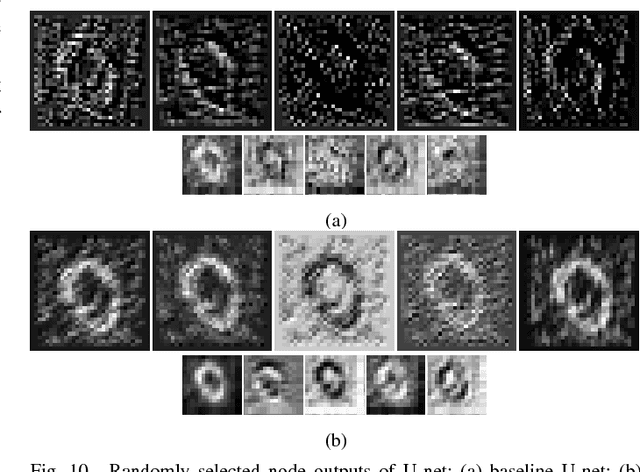
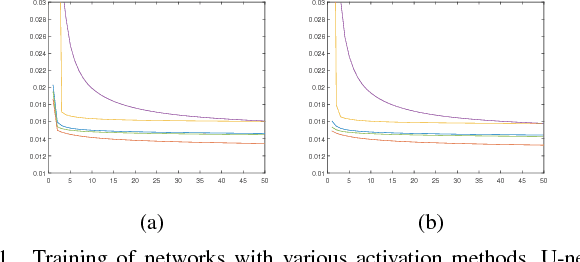
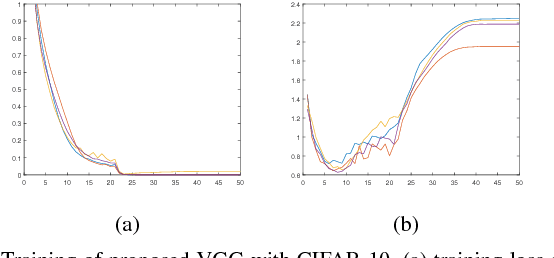
Abstract:This work presents an adaptive activation method for neural networks that exploits the interdependency of features. Each pixel, node, and layer is assigned with a polynomial activation function, whose coefficients are provided by an auxiliary activation network. The activation of a feature depends on the features of neighboring pixels in a convolutional layer and other nodes in a dense layer. The dependency is learned from data by the activation networks. In our experiments, networks with activation networks provide significant performance improvement compared to the baseline networks on which they are built. The proposed method can be used to improve the network performance as an alternative to increasing the number of nodes and layers.
Optimal Architecture for Deep Neural Networks with Heterogeneous Sensitivity
Nov 02, 2018



Abstract:This work presents a neural network that consists of nodes with heterogeneous sensitivity. Each node in a network is assigned a variable that determines the sensitivity with which it learns to perform a given task. The network is trained by a constrained optimization that minimizes the sparsity of the sensitivity variables while ensuring the network's performance. As a result, the network learns to perform a given task using only a small number of sensitive nodes. The L-curve is used to find a regularization parameter for the constrained optimization. To validate our approach, we design networks with optimal architectures for autoregression, object recognition, facial expression recognition, and object detection. In our experiments, the optimal networks designed by the proposed method provide the same or higher performance but with far less computational complexity.
Deep Asymmetric Networks with a Set of Node-wise Variant Activation Functions
Sep 11, 2018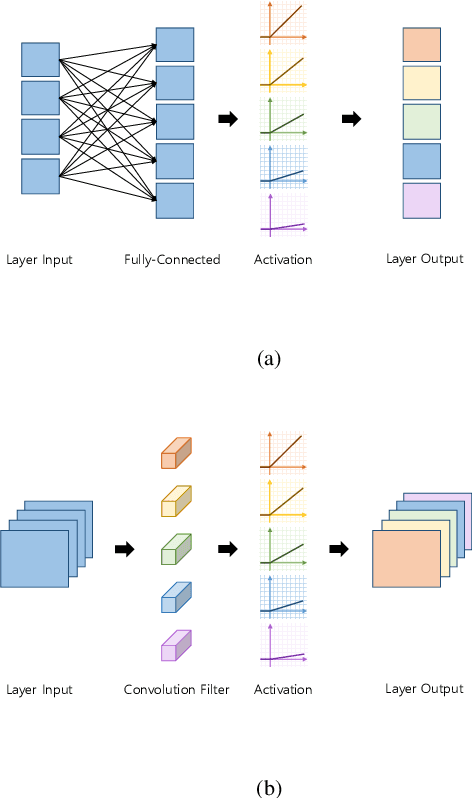



Abstract:This work presents deep asymmetric networks with a set of node-wise variant activation functions. The nodes' sensitivities are affected by activation function selections such that the nodes with smaller indices become increasingly more sensitive. As a result, features learned by the nodes are sorted by the node indices in the order of their importance. Asymmetric networks not only learn input features but also the importance of those features. Nodes of lesser importance in asymmetric networks can be pruned to reduce the complexity of the networks, and the pruned networks can be retrained without incurring performance losses. We validate the feature-sorting property using both shallow and deep asymmetric networks as well as deep asymmetric networks transferred from famous networks.
 Add to Chrome
Add to Chrome Add to Firefox
Add to Firefox Add to Edge
Add to Edge